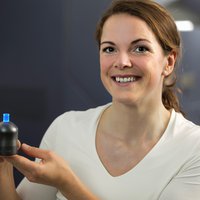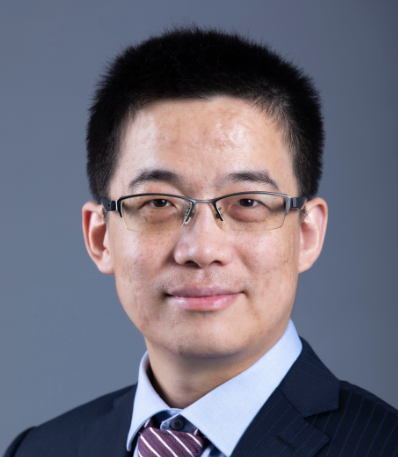Biotechnology & medicine
Peilong Lu
He accurately designed multi-pass transmembrane proteins from scratch

Asia Pacific
Jonathan Hall
Life Whisperer: Using AI and computer vision to identify healthy embryos in IVF and improve pregnancy outcomes for couples

Europe
Kathrin Brenker
Her cell illuminating device could revolutionize light treatments for multiple diseases

Asia Pacific
Katharina Richter
New weapons against superbugs

MENA
Omar Abudayyeh
Novel CRISPR systems that can better perform gene editing and molecular diagnostics
